
Anonymous Works
Focusing on objects, photographs and stories that transcend time, place and form.
Recent Posts
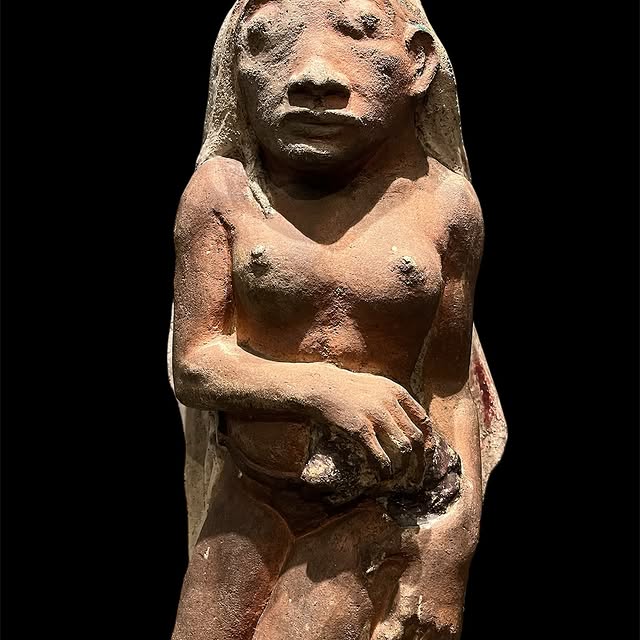
During his final trip to France, Paul Gauguin (1848-1903) produced his last ceramics, including this one in 1894. He invented a Maori deity called Oviri, which means “savage” in Tahitian. This goddess with unnaturally large eyes clasps a wolf-cub to her, and strikes down a she-wolf in a pool of blood. For Gauguin, Oviri symbolises the rejection of civilised life in favour of a return to the primitive state which he craves. At the end of his life, he expressed a wish that this “killer” should be placed on his grave. Collection of the Musée d’Orsay.

Dubbed “one of the worst fossil reconstructions in history,” the so-called “Magdeburg Unicorn” first appeared in 1663, with the discovery of the remains of a wooly rhinoceros — a prehistoric cold-climate megafauna that roamed throughout Asia and Europe as early as 500,000 years ago — unearthed at Seweckenberge, a German steppe known to contain ice age fossils. Since the wooly rhino was not yet described by science, Prussian naturalist Otto von Guericke (1602–1686) drew the most logical conclusion, based on the evidence: obviously a unicorn. Around 1668, von Geuricke allegedly created the bone assemblage that today stands on display at the Museum of Natural History Magdeburg. Credit: Sarah Rose Sharp, Hyperallergic.
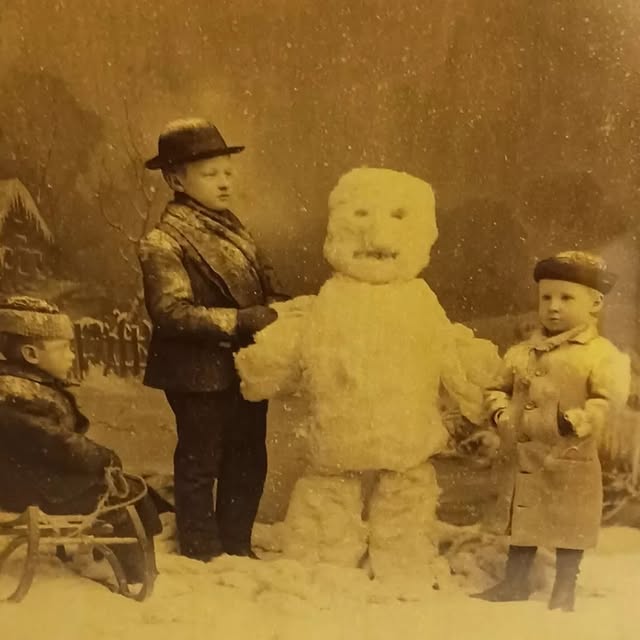
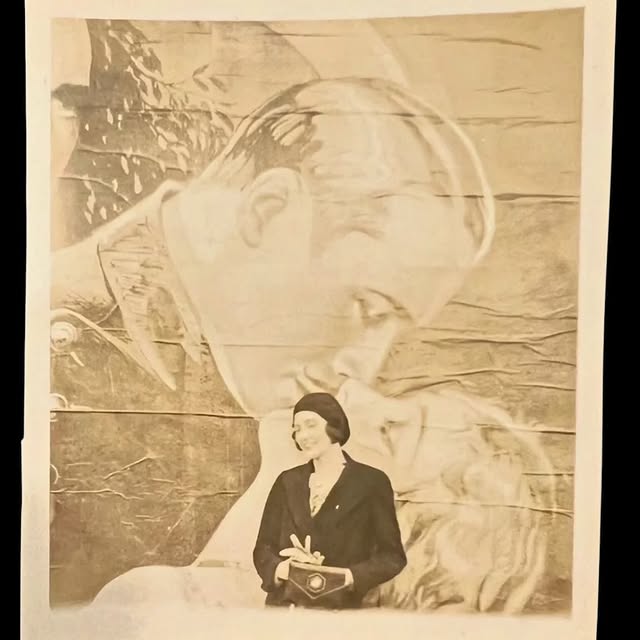
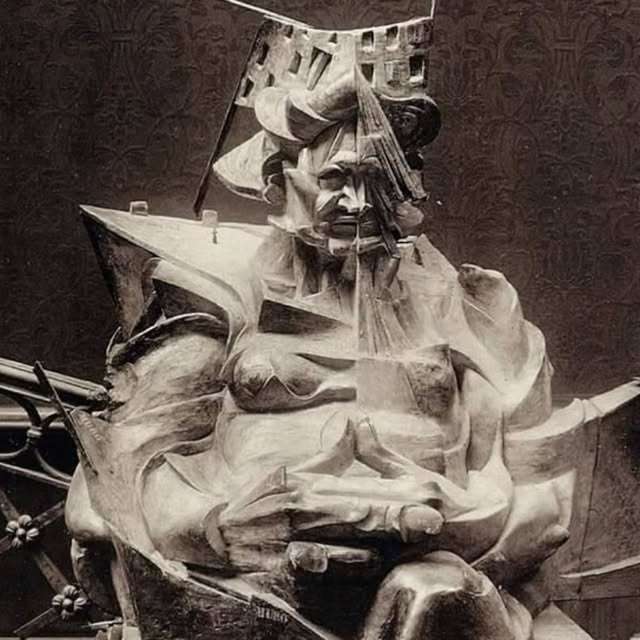
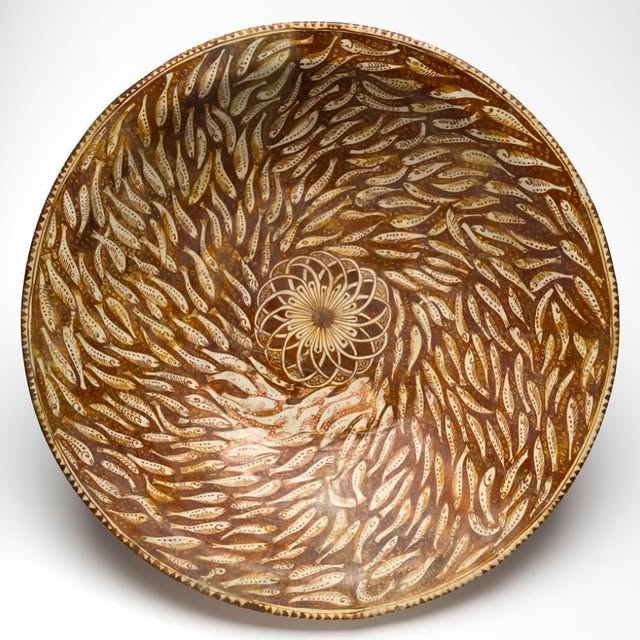
A large fritware dish, decorated with an intricate motif of fish painted in white and brown. This piece originates from Iran, circa 1300 AD, and is currently part of the Fitzwilliam Museum collection in Cambridge. This impressive Iranian fritware dish showcases a swirling school of fish, masterfully depicted with rhythmic patterns and delicate detailing. The concentric arrangement draws the viewer’s eye to the center, where a floral-like motif radiates outward. The decoration was achieved using a slip-painting technique, which was a popular method in Persian ceramic art during this period. Via @archaeologyart

I will never get a back tattoo, but if I did, @jun_newchoice would be the one to do it!

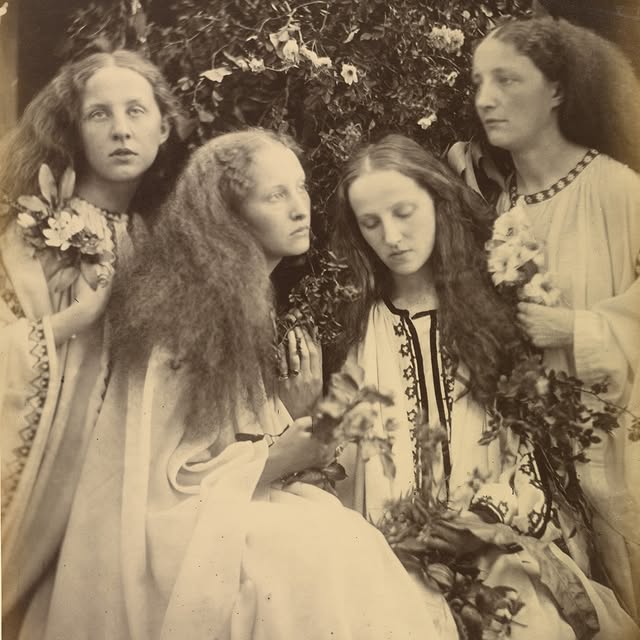
The Rosebud Garden of Girls June 1868 Julia Margaret Cameron (British, born India, 1815 - 1879) In June 1868 Julia Margaret Cameron took the opportunity of photographing the four Fraser-Tytler sisters—Nelly, Christiana, Mary, and Ethel—during their visit to the Alfred, Lord Tennyson residence, Farringford. The title of the work is taken from a line—“Queen rose of the rosebud garden of girls.”—in Tennyson’s Maud(1855), a poem that he considered one of his finest achievements. Credit: The Getty Museum.
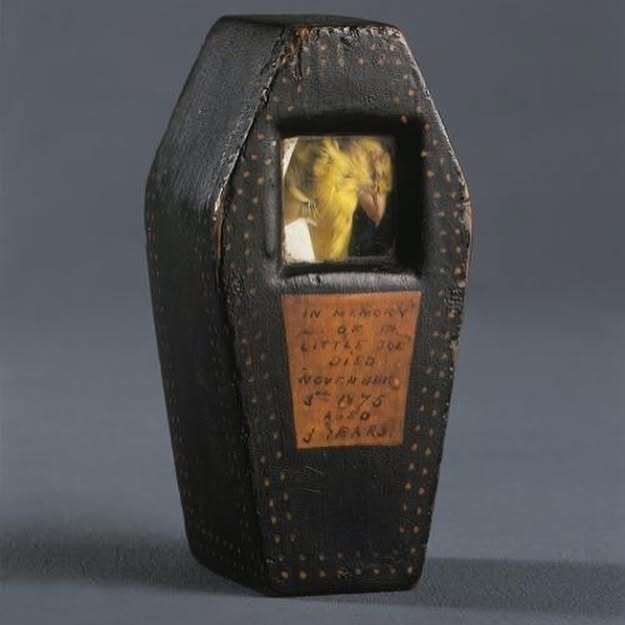

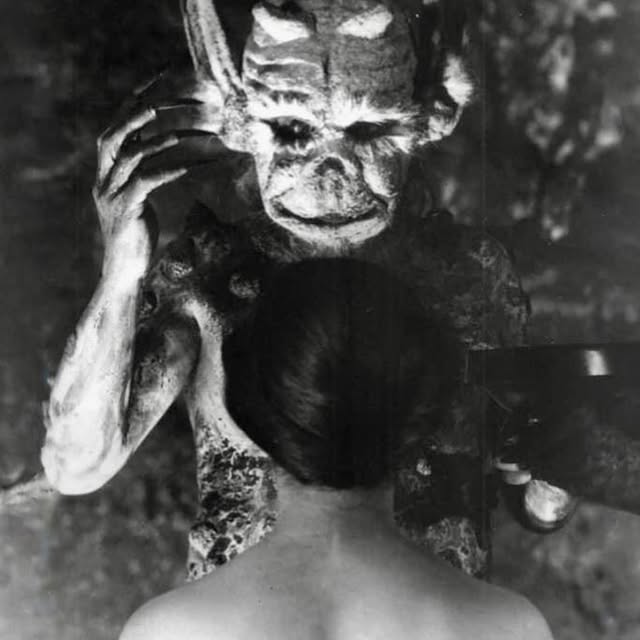
The demon and the initiate. From the Swedish-Danish silent film HAXAN (“The Witch”), released in 1922 and re-released in 1968 as WITCHCRAFT THROUGH THE AGES. Via @silentprecodehorror
Similar Influencers

Gilroy CA

Crazy Products

By Bombay Hardware House

designboom magazine

Leo Taps and Fittings

H O M E | D E C O R

En Style

Rebuilt

Olcay Yapi Azerbaijan

agc_mm

DOLCE | Bath Accessories

Bohemian Decors

Jill Koch | Cleaning • Home Organization • Hacks

Radha Krishna

Eclectic Territory

Akansha

Vannistuudio

Shweta jaiswal

Amazon accessories | Home products

Reback’s | Family-Owned | Plumbing Parts & Fixtures

Suzan Valois

ROIS BATHWARE

My Boho Interior

Unique boutique of cuteness

Liz Richards | Daily Original Vids

Lâl Vural

Diet Prada ™

Obsolete Inc

Elaina Zinke
